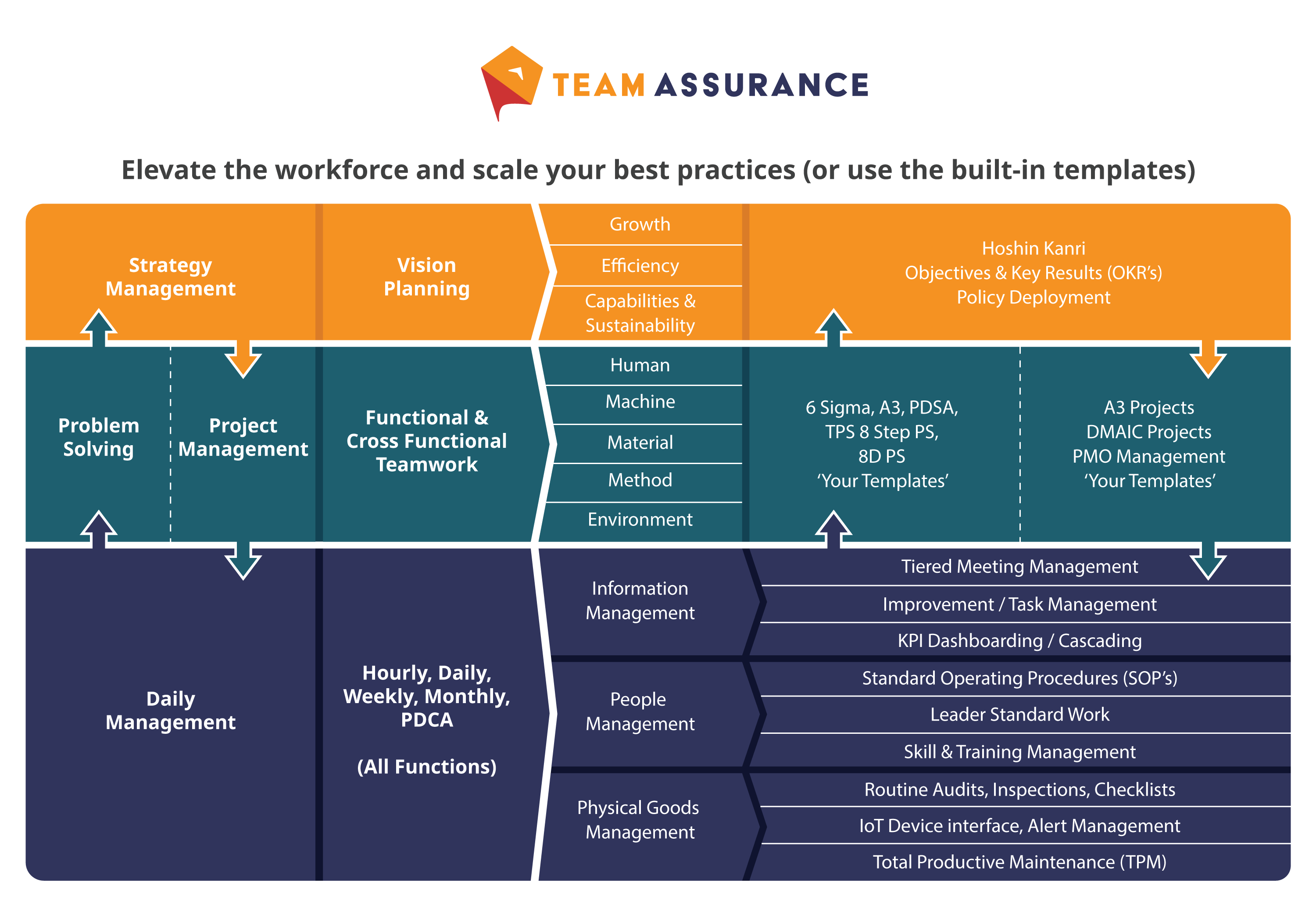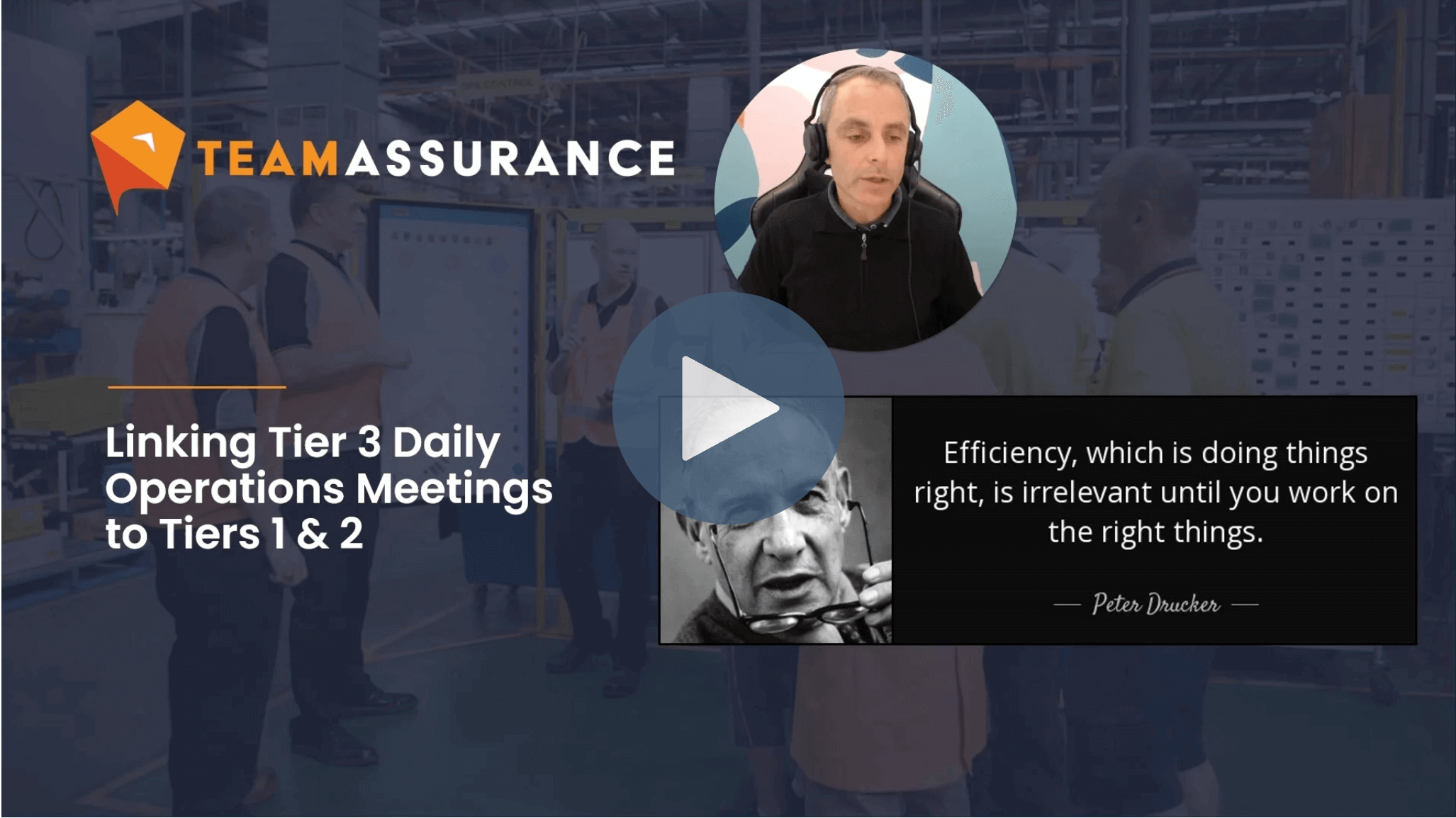Great strategic outcomes and achieving long term and sustainable success is a team sport. It requires everyone to be clear, onboard and committed. That is why nemawashi, meaning planning and building a consensus, is an integral part of continuous improvement and the strategic deployment process.
What is nemawashi?
The Japanese concept and the word nemawashi, is derived from the world of Japanese gardening. Here a special technique is used to uncover the roots when transplanting trees. In this process, each part of the root system is given individual attention and prepared for the impending change of the transplant process. The essence of the Hoshin, the strategic deployment process, is nemawashi (consensus building) and ringi (shared decision making).
Within the Toyota way (and Japanese culture on the whole) the term has come to describe an informal process of laying the foundation and building a consensus of opinion before implementing formal changes or making significant decisions effecting any particular process or project.
How does nemawashi fit into process improvement?
Nemawashi should be the first step in the decision making process. It is about the sharing of information and ideas about the decisions to be made. This sharing aims to involve all employees in the process. During the nemawashi process the organisation (or the team) is seeking the input and opinions of the employees about the potential decision or change.
Again, this speaks to the waste of non use of talent and skill. This is where daily visual management and tiered communication structures come into their own in facilitating these conversations.
Nemawashi is not a completely foreign concept, it may be termed as:
- “smoothing the way”
- “consensus building”
- “getting people on the bus”
- “greasing the wheel”
However, each of these terms has its own implications. None of them truly captures the nuance of nemawashi being an ongoing organisational process rather than a one off event.
In an organisational context the roots of the tree are replaced by each part of the organisation. Each part is listened to and has its needs addressed, through one on one discussions and small meetings. It creates a wonderful opportunity to provide a free flow of communication and feedback creating the best chance of success for any change initiative or impactful decision.
Supporting management tiers at all levels.
When developing our strategic plans – or where senior management recognise and are aiming to close gaps at this level – employees and teams at all levels should be involved. Doing so is key to developing plans to improve the situation. This comes back to the core tenant of ‘respect for people’ whereby the key insights and ideas for improvement are not solely the domain of management staff.
In fact, commitment and understanding throughout the organisation will be built through clarity, inclusion and active participation in the process. This situation demands that employees have access to good quality, up-to-date information. This ensures there is genuine transparency and openness in the way information is shared. It is critical that there is a clearly defined and understood link between the organisations objectives, improvement projects, method of delivery and results.
The nemawashi process regarding a hoshin plan involves reviewing the hoshin with all affected stakeholders prior to implementation. Planning and decision making is generally a slower process. However implementation is much faster, smoother and more effective. In building consensus it doesn’t necessarily mean that people must concede or give up their perspectives, view or beliefs. It doesn’t also mean that everyone must agree before the plan is implemented. What it does mean is that we will all support the plan and the decision of the group. Nemawashi then involves a number of revisions and adjustments based on the feedback.
Prepare to ‘throw the ball’.
This feedback loop is often referred to as catchball. The analogy being that the ball is thrown between team members where everyone sees, touches and feels the ball then passes it on. It facilitates an open dialogue and the give and take amongst vertical management levels. It also facilitates horizontal communication across departments and cascades down through the organisation to the frontline. Ideas should flow in all directions as a result and agreement on the best way is arrived at through consensus and negotiation. It is not driven through position power and authority.
How often do we see leaders or management teams making decisions in isolation that will be ineffective or fail because they have not consulted widely? The huge amount of time, resources, and frustration that are wasted as a result of this behaviour is staggering. Many such problems could be avoided by simply taking the time to consult and “throw the ball”.
Nemawashi utilises many lean principles.
This process circles back to the central lean tenants of respect for people, going to gemba and using the Deming cycle (Plan, Do, Check, Adjust). We must take the time to delicately and respectfully prepare the tree’s roots. That way we see and feel what we need to do. It provides the best chance of success for the transplant and the long term health of the tree. The roots are what anchors the tree, they are what nourishes the tree, and they must be tended to in order for the tree to thrive.
The process of nemawashi speaks to the importance of being patient. We must take the time to get the foundations of a decision or a plan right and put the process well before the outcome.
Part of a C.I. framework, not isolated ‘islands’.
For effective strategy planning, deployment and execution we must ensure alignment of all the people, processes and systems involved. Lean tools like standardised problem solving techniques, Standard Operating Procedures (SOPs), and a Tiered Daily Management process that supports the entire PDCA loop are key to achieving strategy success.
The chart below demonstrates how we designed our interconnected TeamAssurance platform to avoid locally optimised ‘islands’. Disconnected ‘Point Solutions’ (digital or analog) do not help, and may even hinder your progress towards the organisation’s goals.

If you’re a business in need (or a consultant with clients in need) and you’d like to explore the opportunities that digital aids to Lean tools provide contact us for a demonstration of the TeamAssurance platform today.





